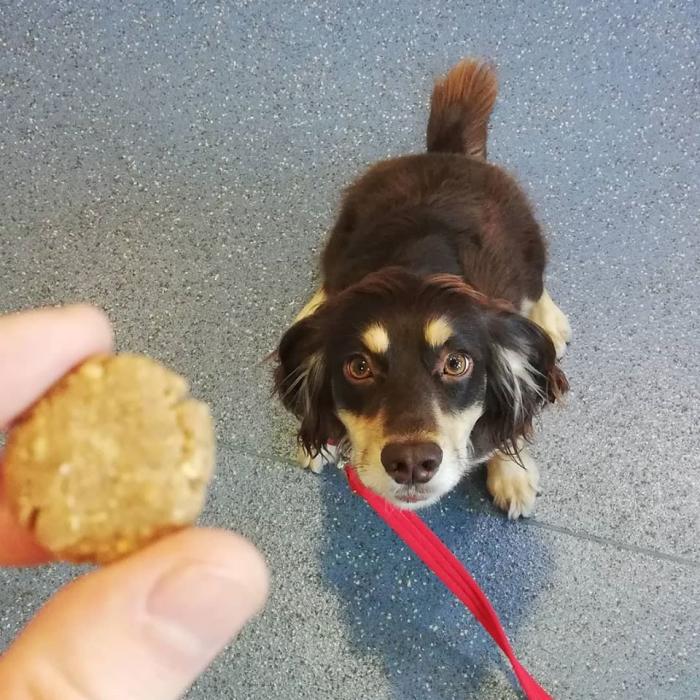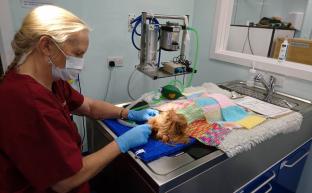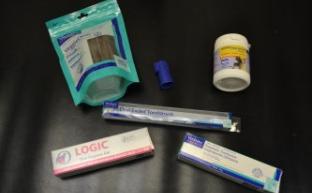Rabbits, Guinea Pigs, Chinchillas
Dental disease is unfortunately all too common in rabbits. Certain breeds such as Lops are particularly prone to this problem. It's most commonly due to 'malalignment', when the upper and lower teeth don't meet perfectly. Rabbit teeth grow continuously to allow for natural wear as the rabbit grinds up its fibrous diet. If the teeth don't match up they won't wear down evenly. This can result in very long incisors which will make eating difficult or impossible. These paired teeth are easily inspected at the front of the mouth.
Another consequence of malalignment which can be harder to spot can affect the grinding molars at the back of the mouth. Uneven wear of this chinchilla's molars has resulted in a sharp spur (upper right) which has caused cheek ulceration. Similar spurs can occur on the inside of the lower molars causing tongue ulcers, pain and difficulty eating. Very similar problems are seen in rabbits. These teeth are difficult to see and some animals require general anaesthesia for full examination.
Signs of dental disease include -
- Obviously overgrown incisors
- A hungry animal unable to eat
- This will progress to weight loss
- Saliva dribbles down chin and onto chest
- Food may drop from side of mouth during eating
- General signs of pain - hiding, tooth grinding, character changes
Incisors can normally be burred short without sedation in all but the most nervous rabbits. Attention to molar spurs normally requires general anaesthesia. In severe case incisor extraction may be an option but does carry certain risks.
Diet is very important in dental health in the Rabbit, please ask at the surgery about recommended nutrition for your rabbit.
Chinchillas can be prone to similar conditions. Rats, hamsters, gerbils, mice and guinea pigs can all suffer from overgrown incisors, this is a common cause of failure to eat.


